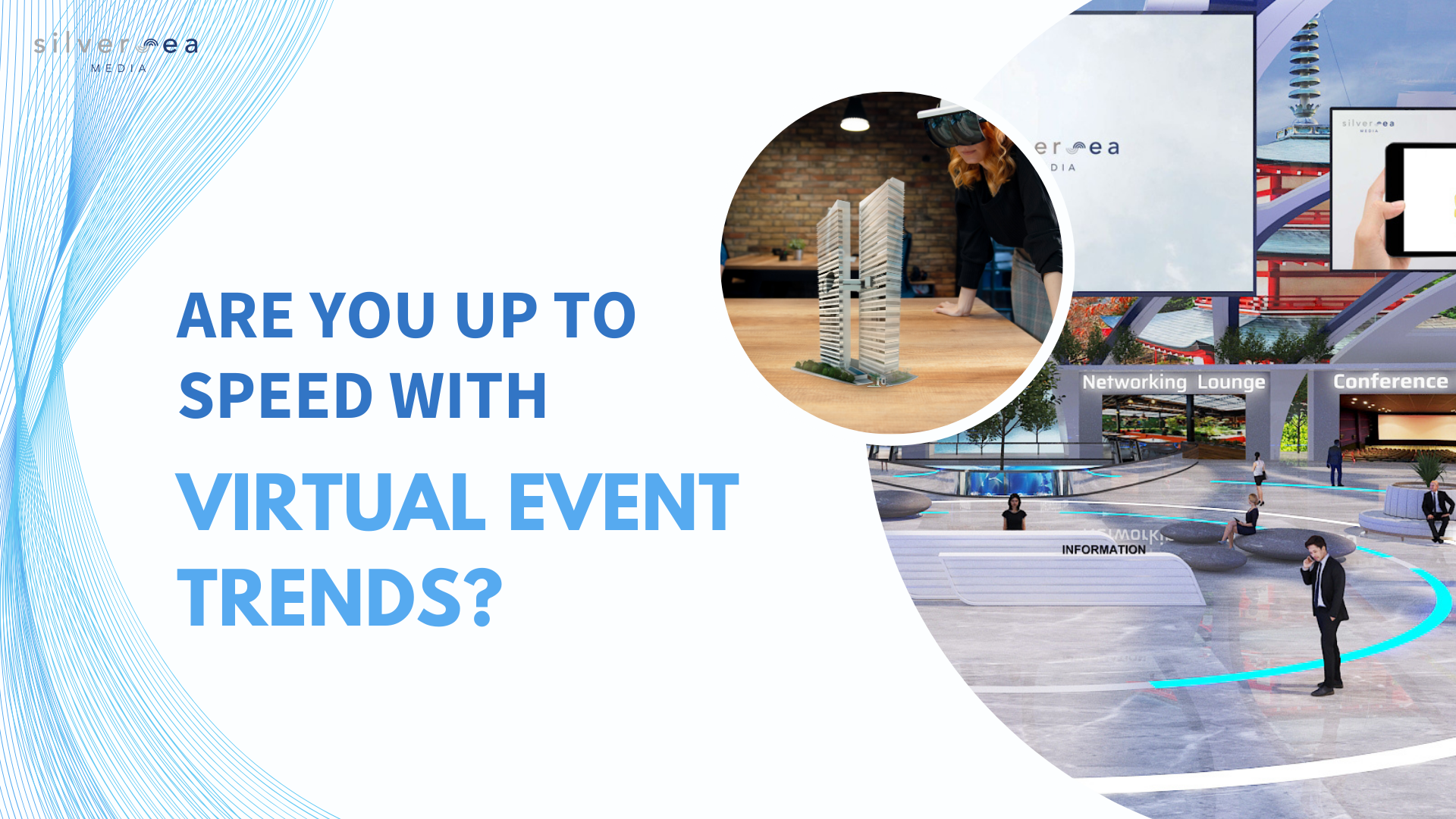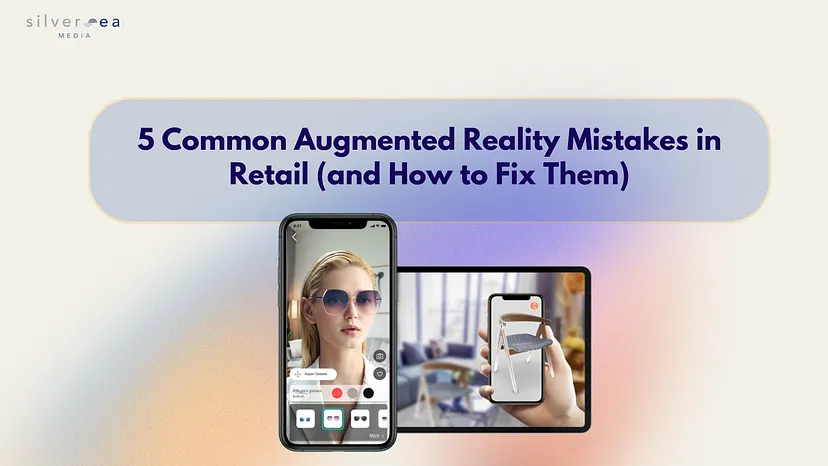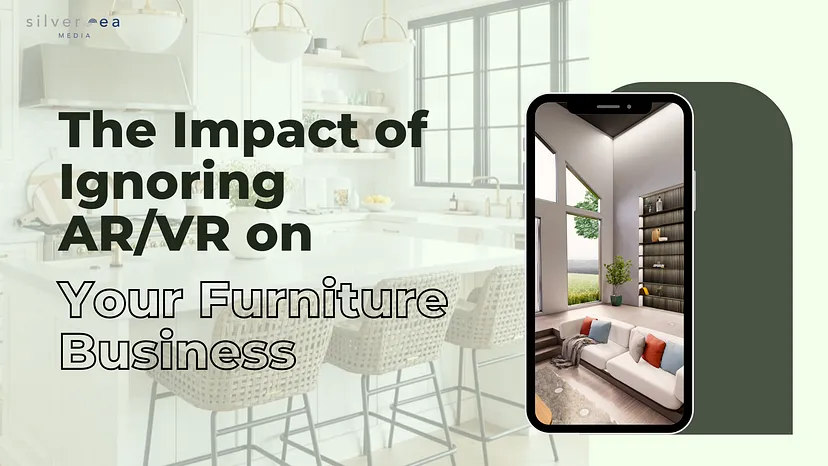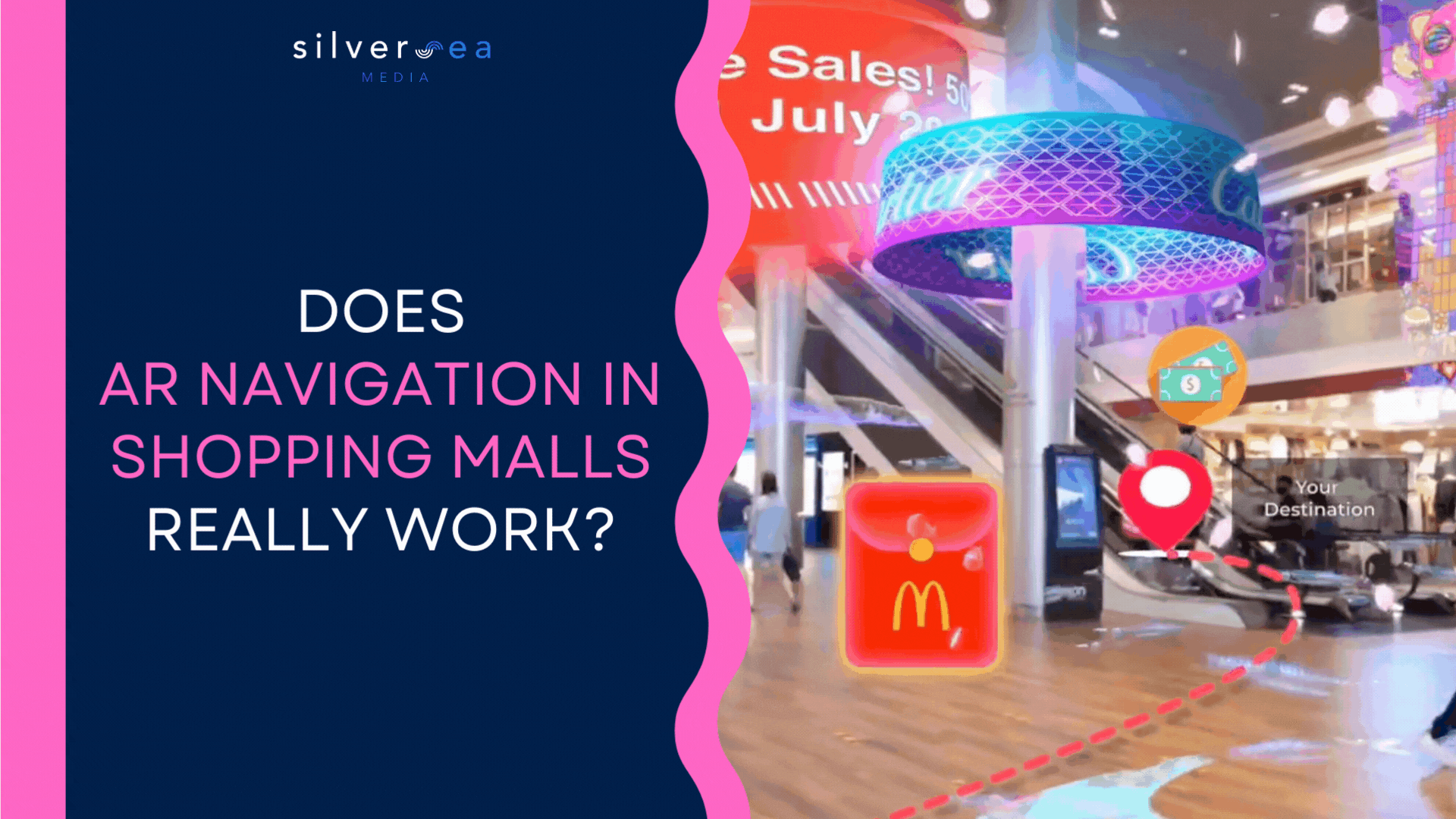In recent years, immersive technology has gained increasing attention and investment, with many companies looking to capitalize on its potential. Augmented Reality (AR) and Virtual Reality (VR) are two of today’s most exciting immersive technologies. They have the potential to change how we go about our business, communicate with others, and learn new things. They have entered different industries and given a transformative look.
In this article, we will learn about AR/VR solutions and why they are essential for businesses of all kinds.

What is Augmented Reality?
Augmented Reality, or AR, is a technology that adds digital elements onto real-world images or environments. AR allows you to experience the real world in an enhanced version wherein you can find interactive digital elements such as 3D images, sounds, or text.
For example: If you were using a device with an in-built camera and AR software while walking through a park, you might see virtual dinosaurs roaming around as if they were there! This is because your live view of the real world is superimposed with computer-generated information making them seem like part of your surroundings.

What is Virtual Reality?
Virtual Reality, or VR, can isolate users from their surroundings and transport them into a three-dimensional world. Entering a VR simulation environment typically requires deploying VR headsets that allow visualization and movement response tracking. With the headset on, users can walk through the city of Rome, golfing in Florida, or immerse themselves in any location without leaving home.
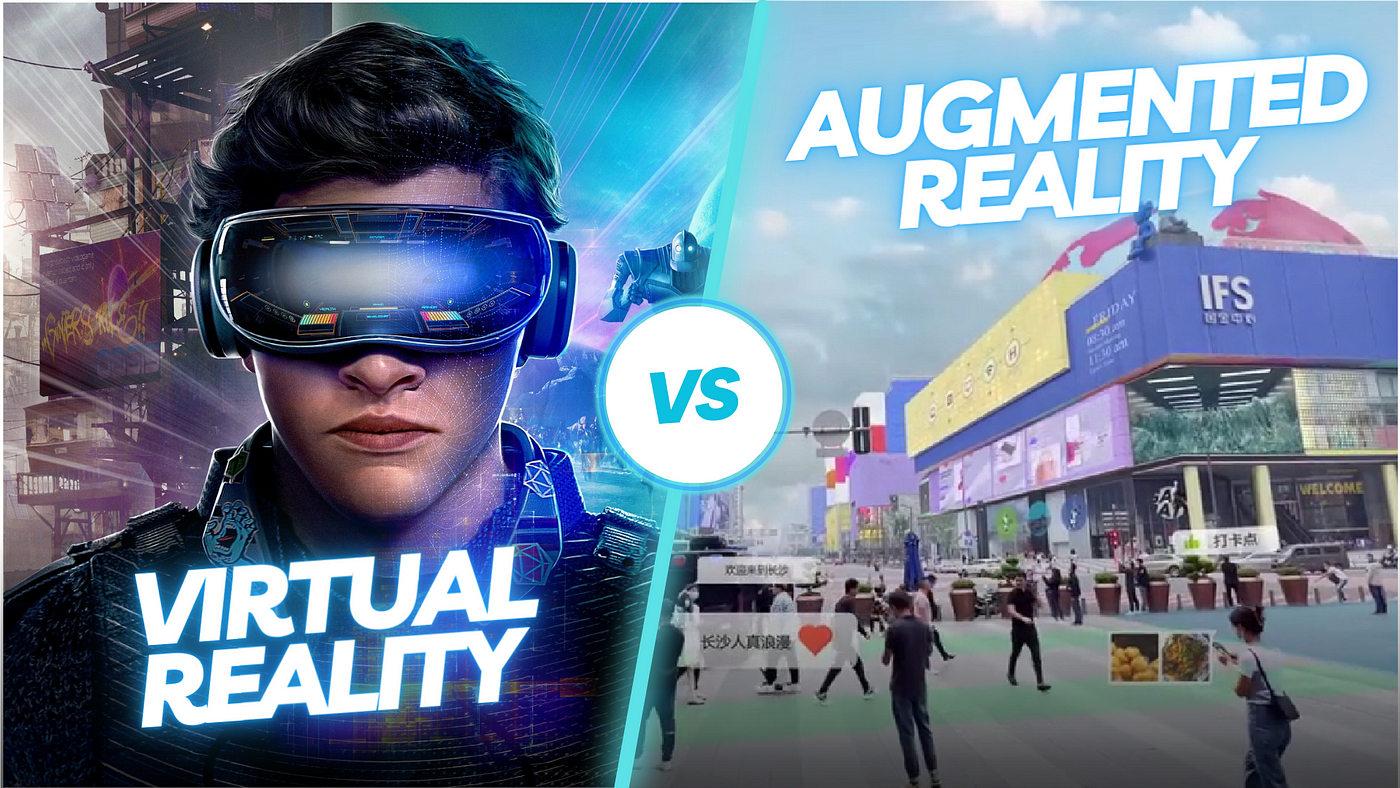
Augmented Reality vs. Virtual Reality
Augmented Reality (AR) and Virtual Reality (VR) are often mistakenly used interchangeably, leading to the misconception that they are identical technologies. While both AR and VR offer immersive and interactive experiences, they each have their distinct applications and functionalities.
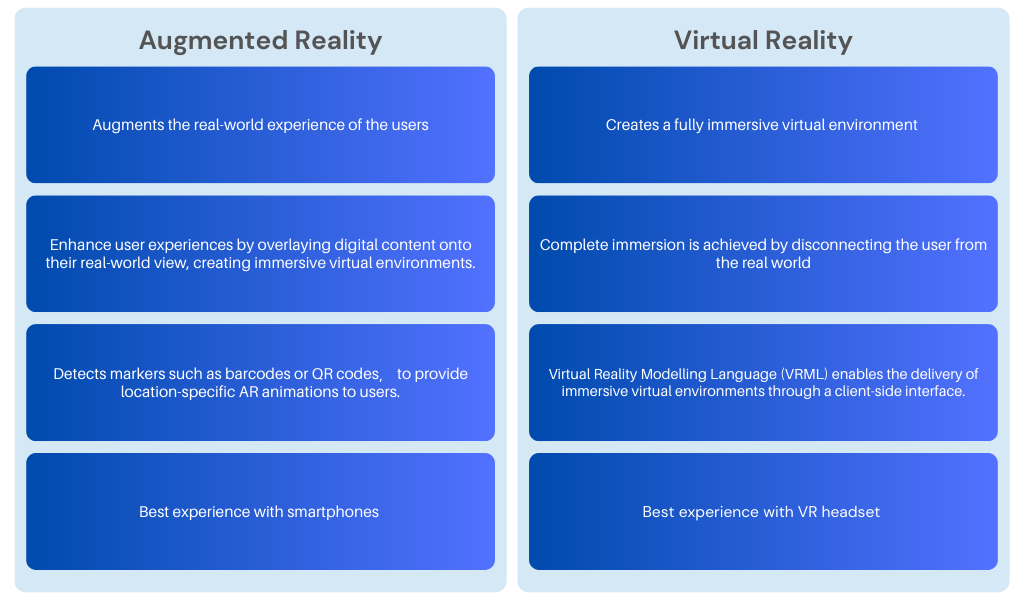

No Headsets Required: The Future of AR and VR is Here!
The biggest challenge holding back the adoption of the Metaverse by most of the world’s population was accessibility. You would need to own a headset and undergo a complicated setup procedure. You don’t have to use a headset to enter immersive 3D environments, thanks to recent technological advances.
Mobile AR and VR Apps
Mobile apps are one of the simplest ways to experience AR and VR without a headset. Both Apple and Android offer a wide range of AR and VR apps that can be downloaded to your smartphone or tablet. These apps use your device’s camera and sensors to create an augmented or virtual experience.
For example, Pokemon Go, the popular mobile game, uses AR to allow you to catch Pokemon in the real world. The game uses your device’s camera to place the Pokemon in the real world, making it look like they are actually there. Similarly, VR apps like Google Cardboard allow you to experience virtual reality using just your smartphone and a cardboard headset.
If you can access any web-enabled device or computer, you can participate in the Metaverse.
Wrapping Up
Whether you are in the e-commerce, retail, education, or healthcare industry, the benefits of applying AR/VR solutions to your business are too great to avoid. Increased user engagement, unique product experience, driven sales, and grown brand awareness are among the significant reasons why leading brands create AR/VR experiences. Not to mention the way they revolutionize training and teaching methods.
Ready for a game-changing leap? Don’t wait to embrace AR/VR. Contact us now and unlock new opportunities for your business.Reach Out to Us Today!



